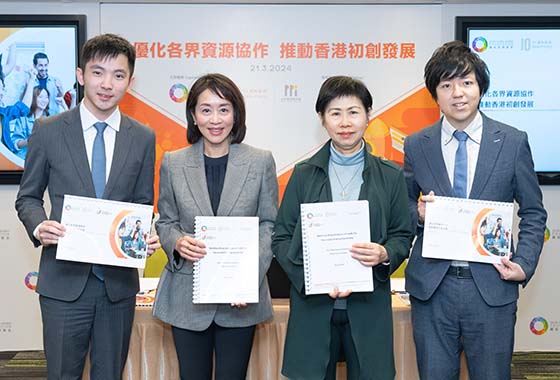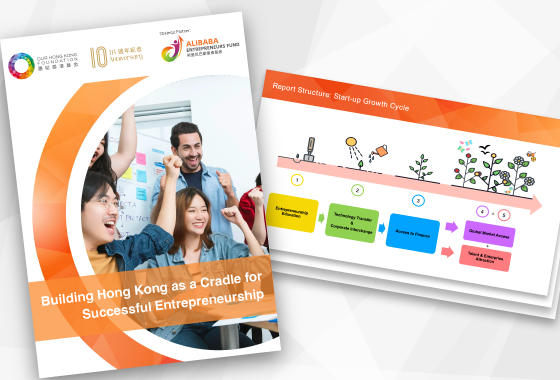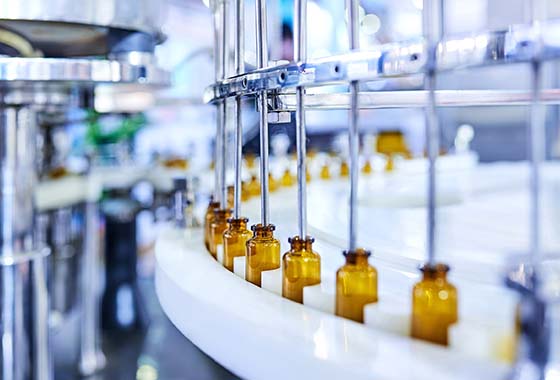Hong Kong’s reusable masks should be lauded for reinvigorating the ‘Made in Hong Kong’ brand
This article appeared originally in the South China Morning Post on 25 May 2020.
Authors: Amy Liu, Managing Editor at Our Hong Kong Foundation
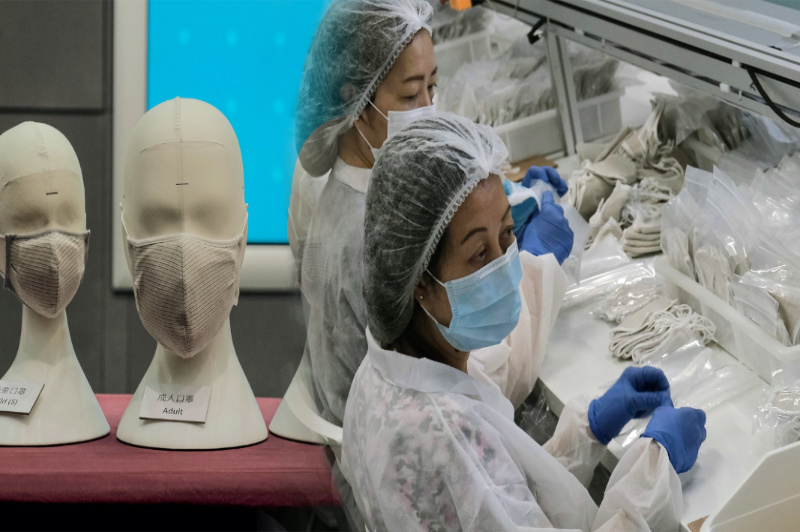
As most of the world still struggle to find enough protective masks to help stop the spread of the Covid-19 pandemic, the launch of the Hong Kong government’s free reusable masks earlier this month for the entire population should have been welcomed with open arms. But one of the main criticisms is: why so late?
While the free masks would have been more appreciated at the start of the outbreak early this year, when mask shortage was at its worst, we need to understand that the mask is actually a Hong Kong innovation that was at prototype stage and not yet a commercial product. A prototype needs to go through many stages before becoming a commercial product.
Unlike common disposable masks, the CuMask+ is an innovation. It can be washed and reused 60 times, with two layers containing copper to immobilise bacteria, common viruses and other harmful substances.
The prototype, developed by the Hong Kong Research Institute of Textiles and Apparel (HKRITA), was awarded a gold medal at the International Exhibition of Inventions of Geneva in 2018, with further improvements made later.
While winning an award is always a big achievement for an innovation, it is not the end of the story. Often, it is the start of a long journey towards commercialisation. Turning prototypes into commercial products depends on whether investors can be found and whether there is a promising market.
The decision to invest depends on the likelihood of profitable returns. As Hong Kong is an overwhelmingly service-based, rather than manufacturing, economy, even if investors were willing to invest, they still face many challenges such as high rent and a talent shortage.
Another criticism is that most of the government masks are made in Vietnam, rather than Hong Kong, suggesting that Hong Kong has not benefited from the process. In ideal conditions, Hong Kong could handle the entire value chain from invention to production, but the reality is that the city does not have much of a manufacturing base any more. Getting external help is the only viable option to ensure speedy mass delivery.
Hong Kong’s industrial sector has been supportive in making the free masks possible, with the Nan Fung Group and TAL Apparel helping to provide the necessary space, while the Esquel group sold about HK$3.8 million (US$490,000) worth of gauze for the masks at cost to HKRITA.
Novetex Textiles in Tai Po, which helped to disinfect the masks, supported the city’s call for “re-industrialisation” when it opened a factory in Hong Kong in September 2018. Through its technique in recycling old clothes, the company is now a leader in disinfection technology.
The CuMask+ experience shows that the commercialisation of Hong Kong innovations can benefit the city’s industry and help reignite the glory of the “Made in Hong Kong” brand. But there is still a long way to go.
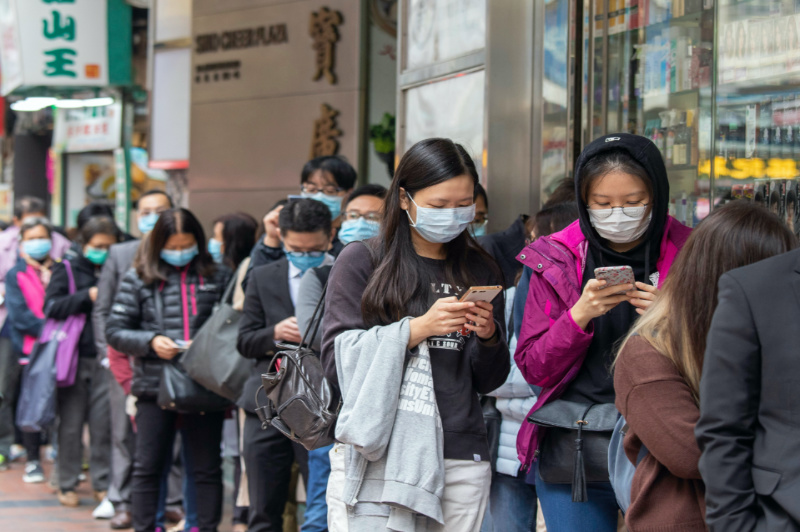
Despite the call for re-industrialisation in Hong Kong’s 2016 policy address, there has been little progress. The high cost of setting up factories in Hong Kong means there is little incentive for local industrialists doing their manufacturing in mainland China to return.
Though critics said the free masks came too late, we must stay vigilant because the pandemic is ongoing and masks will continue to be important personal protection gear for Hong Kong people. With future improvements in technology and design, CuMask+ could become an important innovative product under the “Made in Hong Kong” brand.
We believe Hong Kong has plenty of innovations with the potential for commercialisation. With the wealth of research achievements from our tertiary institutions, the government should provide the funding for commercialisation, while leaving it to the business sector to produce and market the products, working hand in hand with research institutions.
Such collaboration can help turn innovation into commercial products. The government should also get more serious about promoting re-industrialisation by supporting companies in areas such as land, financing and talent acquisition.
There will be a lot of rebuilding to do in Hong Kong after the pandemic, and we hope our innovation and technology sector, with the latest CuMask+ showcase, will be a beacon for the city’s re-industrialisation.
We need to build complete value chains from research to industry to enable the city to maximise the benefits from our innovations, which will not only provide much-needed job opportunities, but also help to rebuild our once-proud “Made in Hong Kong” brand.
